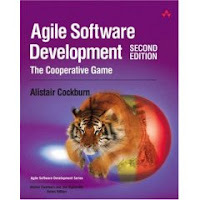
Well - its here, its not perfect - but 2nd Life and virtual space (including BIM) apprear to be the next frontier for architecture and planners of all types.
The limitations with the technology restrict design to template approaches. However, there are interesting experiements in this meta-universe exploring design, collaboration, business models and social networking.
"Architecture's Second Life" provides an excellent review (click here) of the potential and current limitations within Second Life. Please take a look at LOL Architects - a virtual business producing real life products.
"Tor Lindstrand is RITS professor and founder of LOL. His research deals with performance, architecture and networks, offline and on. Much of his work is explored through International Festival, "a long-term project that operates between architecture and performance, emphasizing the performative potentiality of space and relations."
The limitations with the technology restrict design to template approaches. However, there are interesting experiements in this meta-universe exploring design, collaboration, business models and social networking.
"Architecture's Second Life" provides an excellent review (click here) of the potential and current limitations within Second Life. Please take a look at LOL Architects - a virtual business producing real life products.
"Tor Lindstrand is RITS professor and founder of LOL. His research deals with performance, architecture and networks, offline and on. Much of his work is explored through International Festival, "a long-term project that operates between architecture and performance, emphasizing the performative potentiality of space and relations."






